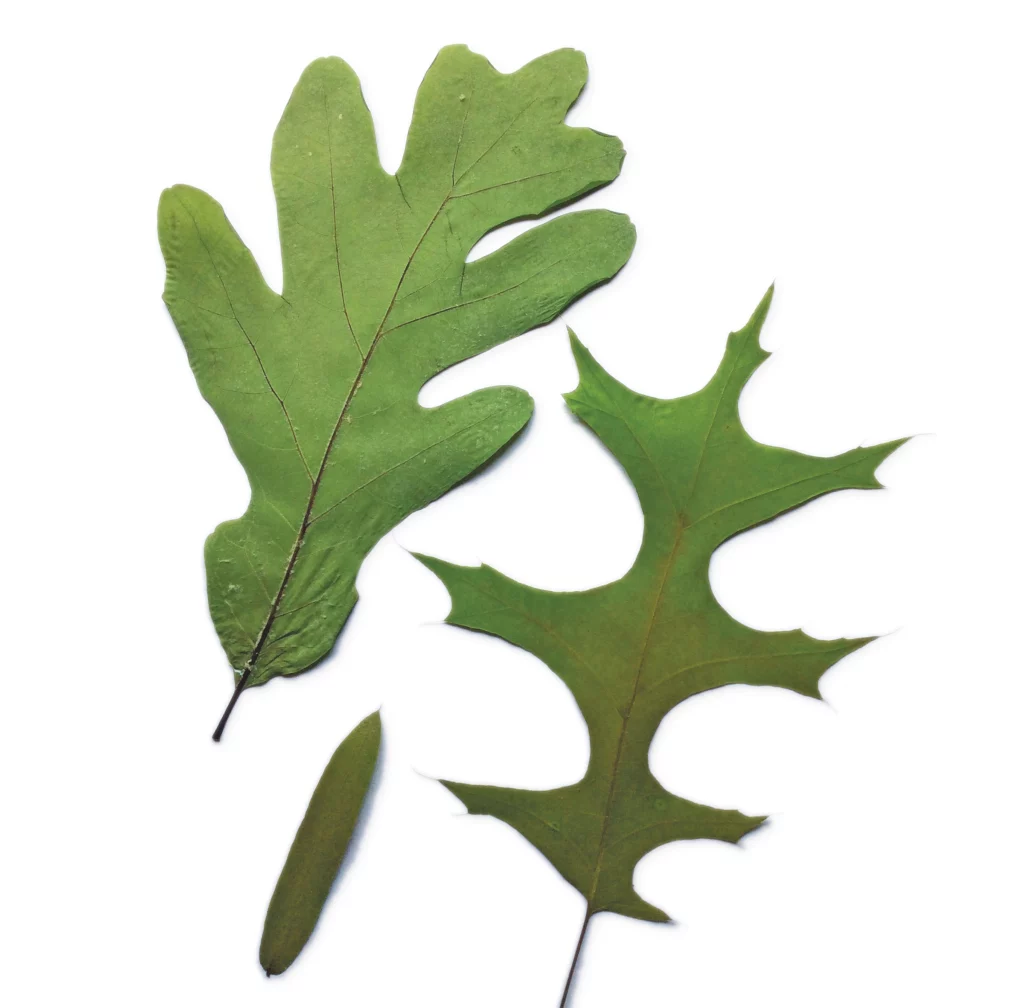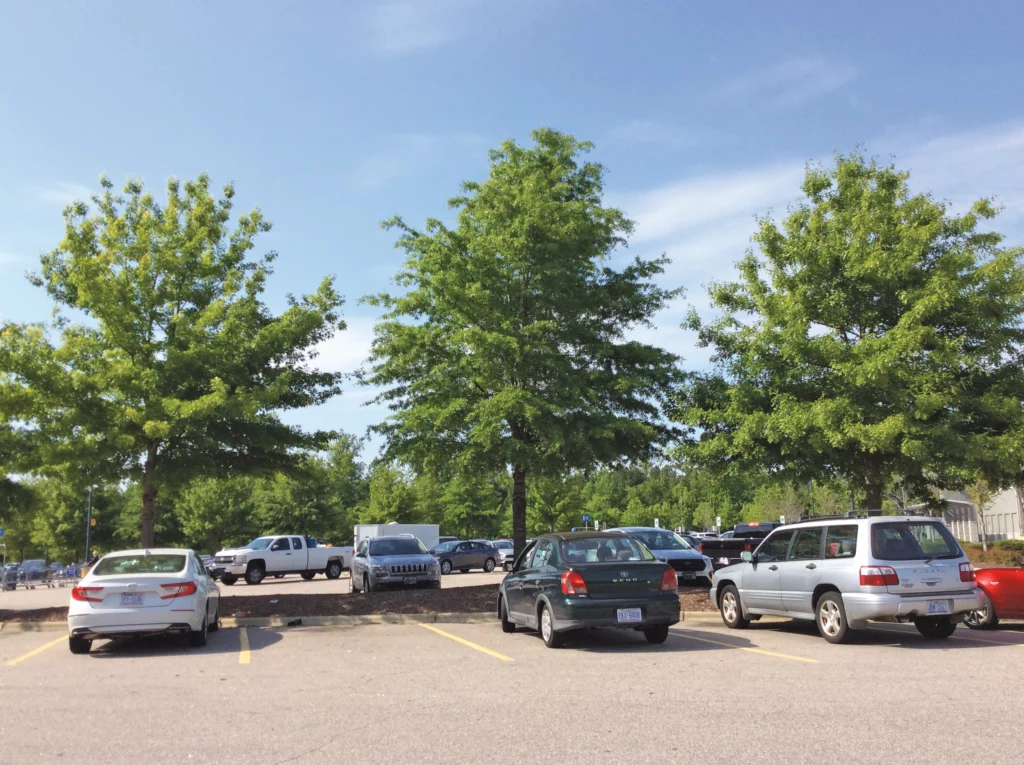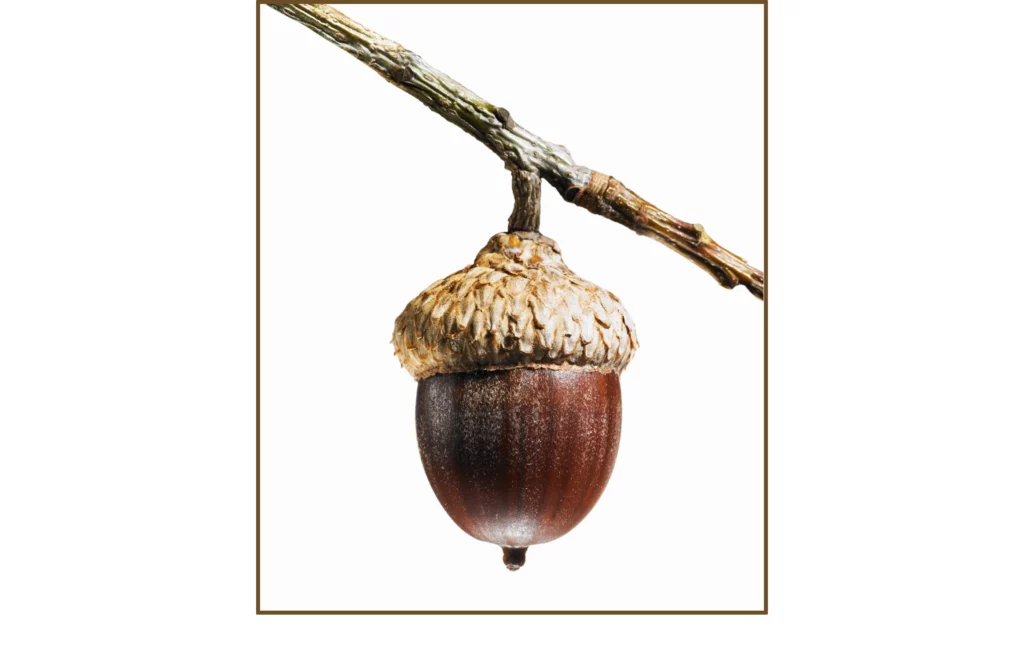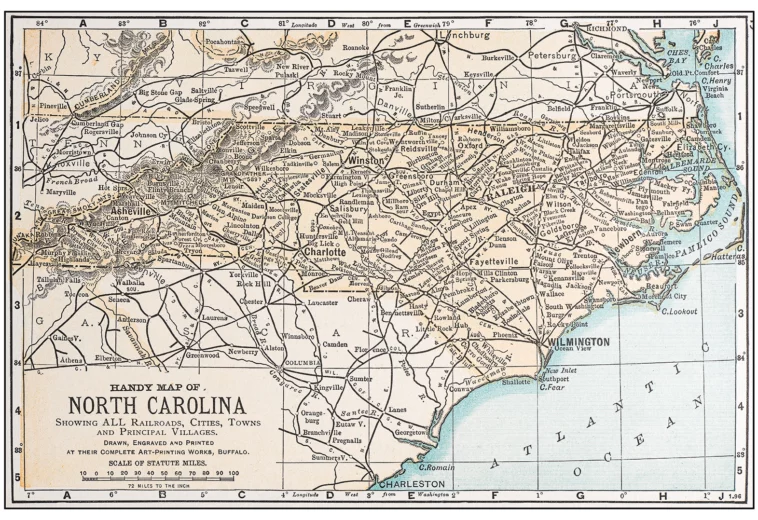Article:
City of Oaks
Raleigh’s reverence to its favorite tree is deeply rooted
BY ANITA B. STONE AND BARBARA BURNS
Oak trees have been revered for centuries due to their beauty, endurance and usefulness. They have been on earth for 56 million years and are known to every child who has ever picked up a handful of acorns.
The oak’s mystique resides deep in human psyche, rooted there through paintings, myth, folk tales, religion, literature and music. For centuries, oaks have existed as a keystone tree, essential to the functioning of forests. They have played an important role in the history of human progress—from shipbuilding and housing, to hand tools and furniture. They are essential to our ecosystem, providing food and habitat to bacteria, insects, fungi, birds and mammals—including humans.
Who among us is not familiar with the English proverb: “Mighty oaks from little acorns grow?” Raleigh’s early founders recognized the oak’s vital importance by dubbing the early colonial city “The City of Oaks”—a name residents still proudly promote.

RED AND WHITE
Of 450 oak species worldwide, 90 can be found in the U.S., and of those, approximately 30 are native to North Carolina.* The only sure way to identify an oak tree is if you discover acorns on or under it. Each oak can be identified by examining its leaf shape, bark color, tree contour and acorn quality. There are two major categories of oaks: red and white. Trees in the red oak family feature little bristles or stickers at the ends of the lobes, whereas white oak leaves do not. This distinction helps narrow down the identification options.
Oak leaves are variable, even within the same tree. “Identifying without an acorn, a good field guide and a lot of effort can be really hard,” says registered professional biologist Michael Simpson, Ph.D.
Despite the variability, some oak leaves are quite easy to identify. Throughout Raleigh, the mighty willow oak is prominent along the city’s streets and suburbs. Their leaves, unlike most oak leaves, have finger-like projections called “lobes” that are smooth, slim and narrow down their entire length, much like the leaves of a willow tree. Each leaf has a small spine or bristle at the end, pinpointing its classification as a red oak.
The beautiful white oak is local to our area and easy to identify. Its leaves are large with smooth lobes and no spikes at the lobe ends. Pin oaks are also common; they exhibit more of a typical oak leaf structure and are often planted in shopping areas. Their leaves have deep “sinuses,” or spaces, between the lobes, and frequently show a central pair of lobes that are almost horizontal to the ground. As members of the red oak family, their leaf bristles are prominent. The southern red oak and the southern live oak (in the white oak category), are two additional species that have recognizable leaves.
RELIABLE AND IRREPLACEABLE
Knowing which oak trees reside in your neighborhood or on your property is a step toward valuable awareness about your natural surroundings. It’s also a great deal of fun to identify trees around Raleigh streets and neighborhoods—even near the Raleigh-Durham International Airport.
Oaks are long-lived trees with age ranges that vary across the different species. Some live an average of 70 years, while others can live more than 400 years.
In her book, “Seeing Trees: Discover the Extraordinary Secrets of Everyday Trees,” author Nancy Ross Hugo states that “an oak spends 200 years growing, 200 years living and 200 years dying.” This long life cycle shows the tenacity of the mighty oak and why so many states have adopted it as their state tree.
There are some famous oaks reported to be over a thousand years old. However, regardless of their life span and despite modern substitutions, oak trees remain valuable for nature and living provisions.
Overall, a reliable oak is irreplaceable in its role as a soil stabilizer, protector of ground water, and provider of food and shelter. Oaks also sequester carbon—a major issue in today’s atmosphere—as well as modify temperature, absorb pollutants and provide environmentally friendly wood.
The founders of Raleigh who called their new settlement “The City of Oaks” were more than just insightful and clever. They were wise, practical and lovers of natural beauty.
*Sources for the number of oak species worldwide, in the U.S and in North Carolina: Brittanica, sciencing.com and ncpedia.org.


THE ACORN DROP
Raleigh continues to revere and care for ancient oaks scattered throughout neighborhoods and commercial areas, ensuring that new saplings are planted among the city’s older resident oaks, and also in newly built shopping areas. The City of Raleigh honors its reverence to oak trees every year at its New Year’s Eve ceremony, when a 10-foot-tall, 250-pound iconic copper-clad acorn is dropped as part of the countdown at midnight. Artist David Benson, who also owns The Third Place coffee house in Raleigh, designed and donated the copper sculpture for Raleigh’s bicentennial celebration in 1992. “I’m the king of Raleigh, for a day, every year,” Benson says. “Everybody says, ‘Oh, there’s the guy who built the acorn.’”
THE OAK OGs
The Friendship Oak is a 500-year-old southern live oak in Long Beach, Mississippi. The Seven Sisters Oak is the largest certified southern live oak and is located in Mandeville, Louisiana. Estimated to be 1,500 years old, its trunk measures 467 inches in circumference. The Angel Oak located on Johns Island near Charleston, South Carolina, is estimated to be 400–500 years old. The Emancipation Oak is one of the 10 Great Trees of the World by the National Geographic Society and is part of the National Historic Landmark District of Hampton University in Virginia. The Jurupa Oak found in Riverside County, California, is 13,000 years old.
Learn more about Raleigh by exploring all of our articles at midtownmag.com.



